Australia and New Zealand Banking Group - the EUR/USD consolidating in a 1.10-1.15 range
"A resolution to Greek debt negotiations may reduce downside risks, but a weak currency is needed to underpin the recovery...If anything, the risks to monetary policy are for additional QE as the current ECB forecasts are based on a full implementation of the existing program," ANZ argues.
"We therefore continue to see downside risks for the euro against the USD, especially as US growth is firming again and the FOMC seems closer to starting the interest rate normalisation process. We continue to advise selling rallies in EUR/USD," ANZ advises.
the source


 1Likes
1Likes LinkBack URL
LinkBack URL About LinkBacks
About LinkBacks


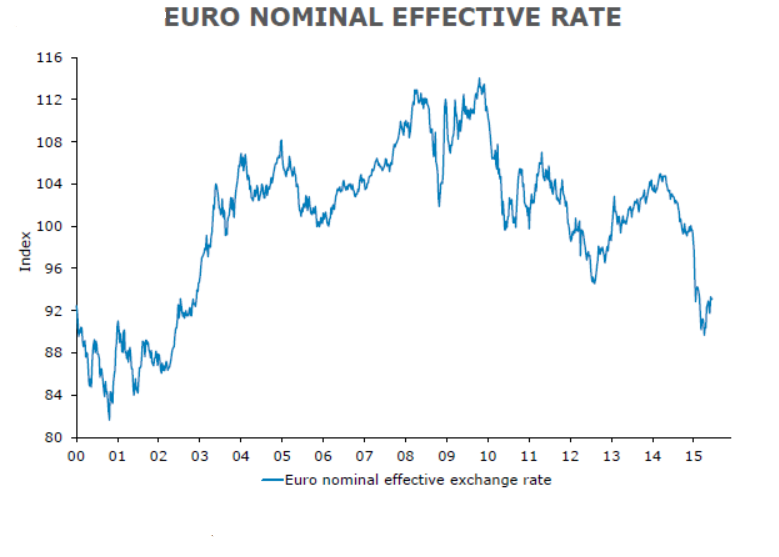





 Reply With Quote
Reply With Quote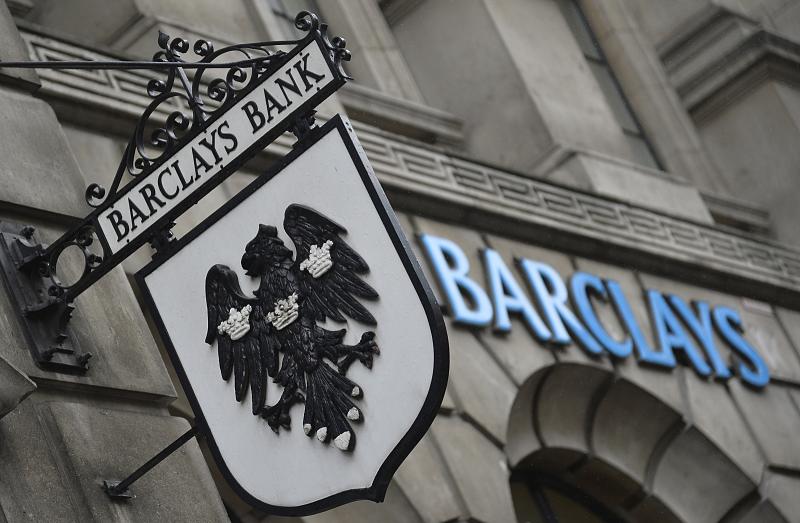
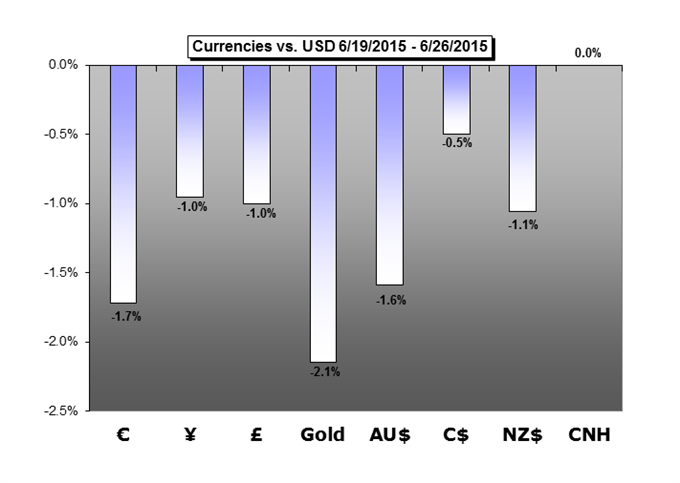
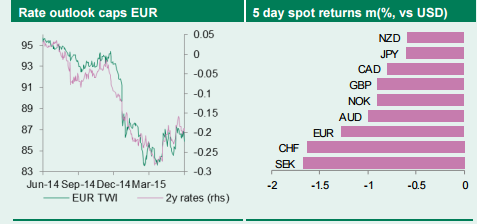
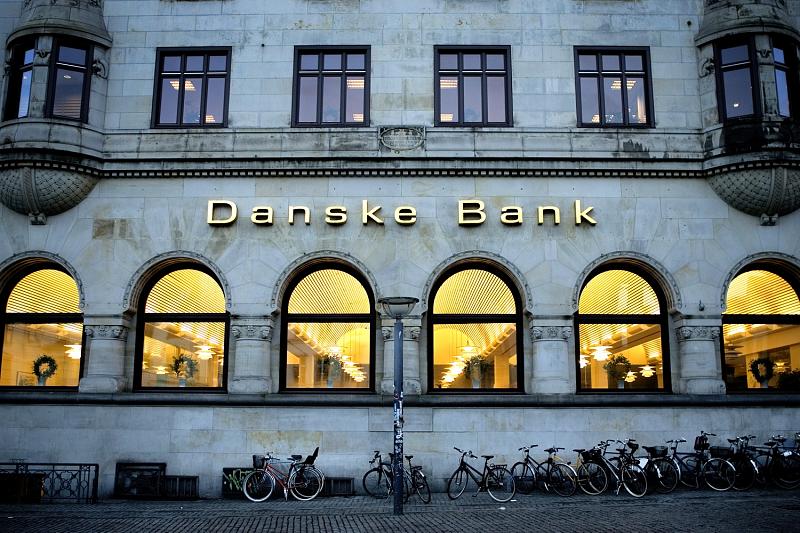

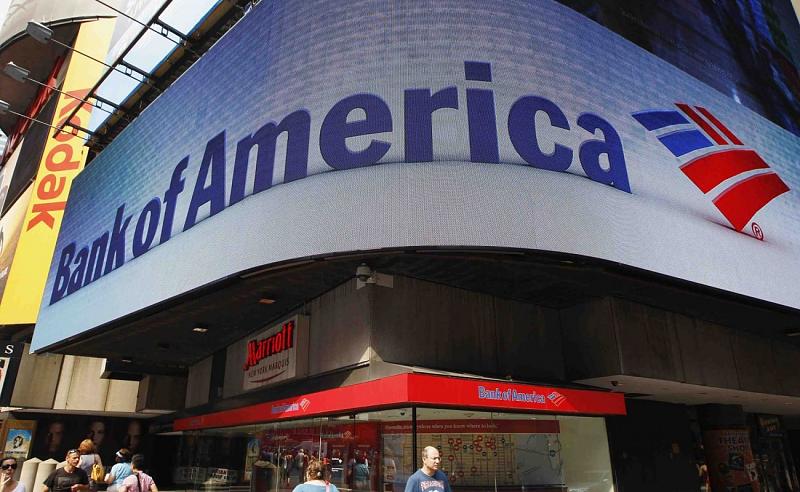







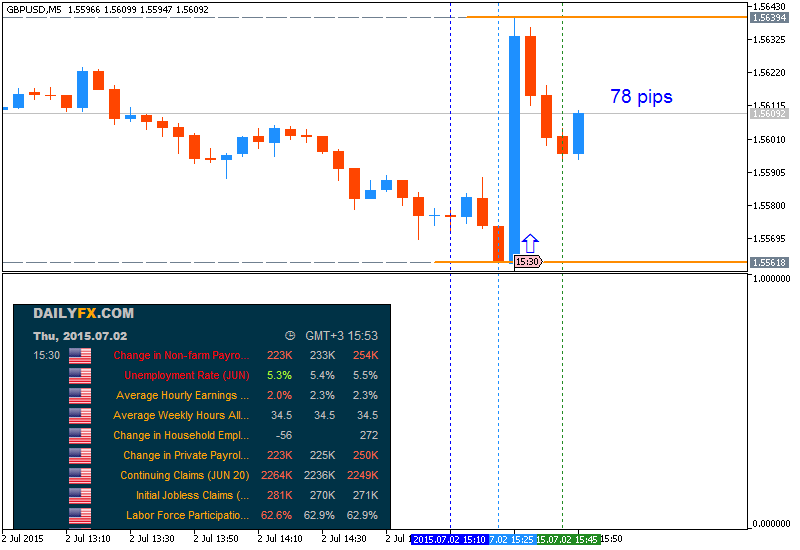
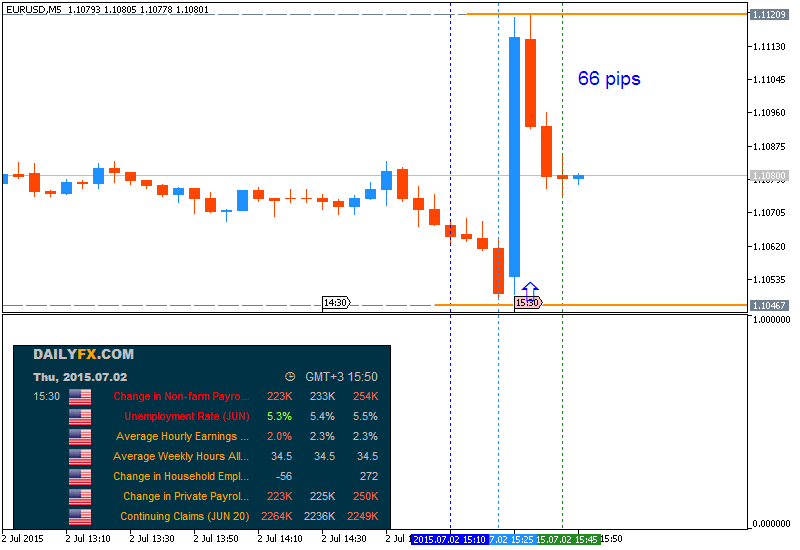


Bookmarks